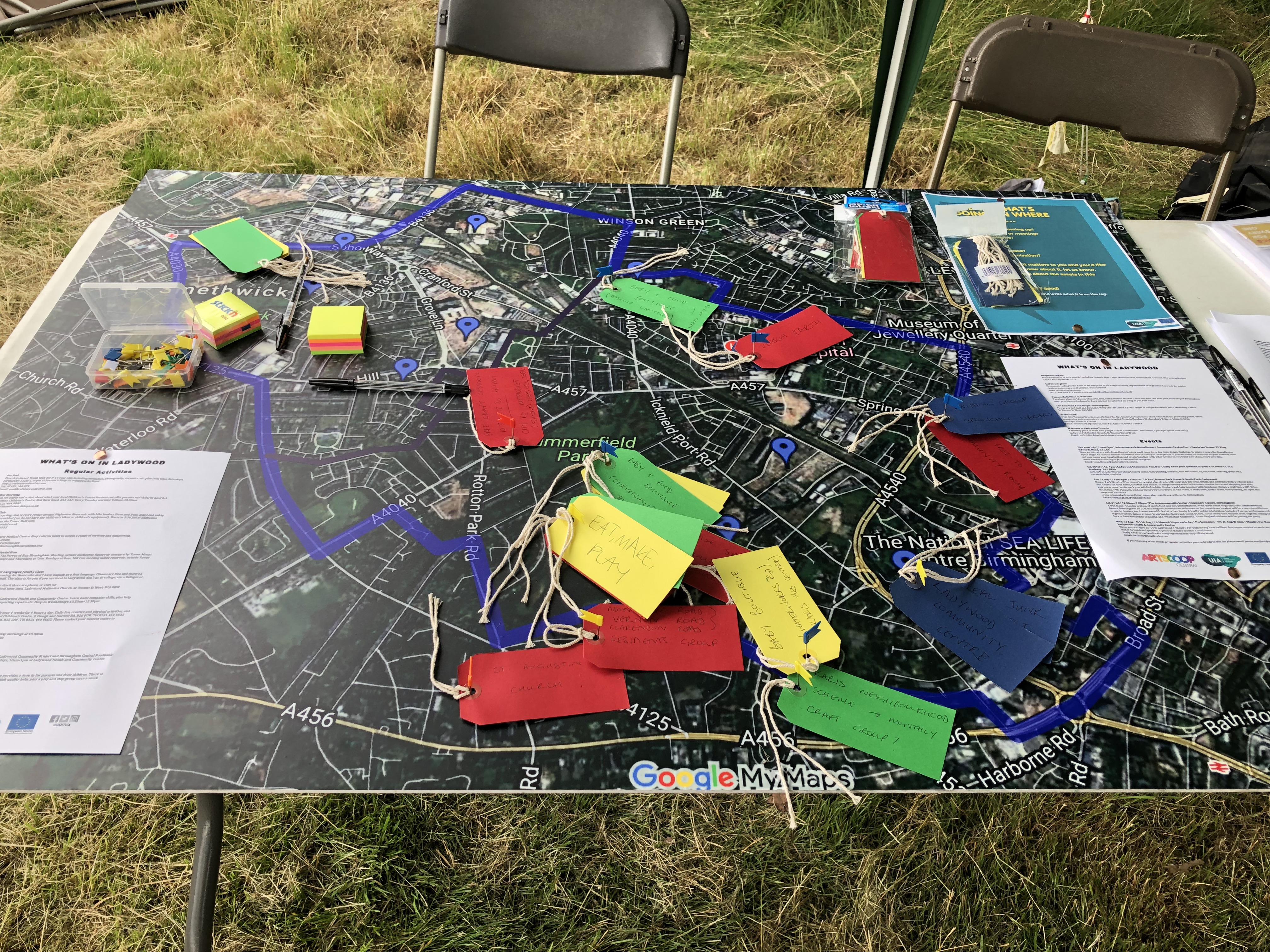Conrad Parke discusses how to best identify and make use of existing assets in a community.
How did you practically identify existing assets and organisations in the community that could help in this activity?
Partly this came through my experience of working on the patch for a number of years before USE-IT! was designed and also partly through the UoB Planning students who had been researching the area for a number of years as part of their Master’s qualification. This, however, only helped identify the few key organisations we needed to get the Skills Matching started. Now, through the delivery and success of USE-IT!, this has grown into a partnership of over 40 organisations – all of whom have self identified and have asked to help without remuneration because they see it as such an opportunity for the community they support.
How much is this about sometimes being privileged in ‘knowing the right people’ to contact or involve, and what are some ways to get to know those people in the first place?
Fortunately USE-IT! was designed to innovate. This meant that even though we started with a limited set of partners the flexibility was always there to grow and bring more partners on board. This has meant the Skills Matching partnership has grown from four to forty with many organisation coming on board that I was totally unfamiliar with before USE-IT! started and despite having working in the area prior to USE-IT!.
In which ways can we better research, collate and database such assets for use in projects like this? Have you used particular methods?
I would strongly advocate against trying to develop a comprehensive database prior to a project starting. I say this for a number of reasons: (1) such databases are never comprehensive, (2) they are out of date from the moment they are completed, (3) they significantly slow down progress while the database is being developed. Instead, from the USE-IT! experience, I would advise that future programmes are designed that allow you start with a simple partnership but then bring on new partners through delivery and for them not be disadvantaged because they were not first to the table so to speak.
To further discuss strategies for relationships with community assets, contact Conrad Parke conrad.useit@gmail.com

